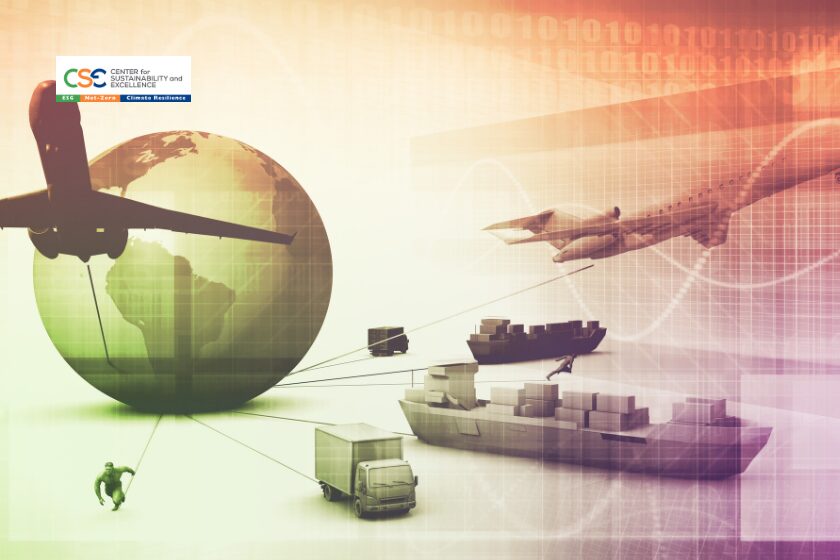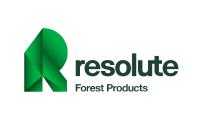The development of sustainable supply chains has become a critical priority for U.S. companies looking to build a competitive edge. As businesses face increasing pressure from consumers, investors, and regulatory bodies to reduce their environmental impact, a sustainable supply chain is no longer just an option—it’s a necessity. This article delves into practical steps U.S. companies can take to build sustainable supply chains, the importance of strategic partnerships, and methods to reduce their environmental footprint at every stage.
Building Sustainable Supply Chains
Developing a sustainable supply chain involves more than just monitoring environmental practices—it’s about embedding sustainability into every stage of the process, from sourcing raw materials to delivering products. Here are some key practices that can help U.S. businesses achieve this:
- Supplier Audits and Assessments: Conducting regular audits of suppliers ensures that they meet environmental and social standards. This can include checking for adherence to fair labor practices and monitoring carbon emissions during production.
- Sustainable Sourcing: Opting for materials that are ethically sourced and have minimal environmental impact is a cornerstone of a sustainable supply chain. For instance, companies can choose recycled or renewable materials to reduce their ecological footprint.
- Efficient Transportation and Logistics: Using low-emission transportation methods and optimizing logistics can significantly cut down on greenhouse gas emissions. Implementing strategies like route optimization and using electric vehicles for last-mile delivery can make a notable difference.
Key Partnerships and Collaborations in the U.S. Market
Building a sustainable supply chain often requires collaboration with partners who share a similar commitment to sustainability. The following types of partnerships can be especially beneficial:
- Collaboration with Sustainable Suppliers: Partnering with suppliers that prioritize environmental best practices can help companies maintain high standards throughout the supply chain. For instance, collaborating with suppliers certified under programs like Fair Trade or Forest Stewardship Council (FSC) can assure customers of responsible sourcing.
- Industry Associations and Networks: Joining industry-specific sustainability groups like the Sustainable Apparel Coalition or Green Business Network can provide companies with valuable resources and insights. These networks often provide benchmarks and tools for improving sustainability performance.
- Local Governments and NGOs: Working with local governments or NGOs can help companies access sustainability incentives, such as tax breaks or grants for eco-friendly upgrades. Partnerships with environmental NGOs can also enhance a company’s credibility in the eyes of stakeholders.
How to Reduce Environmental Impact at Every Step of Sustainable Supply Chains
Sustainability is about making incremental improvements throughout the supply chain. Here’s how companies can minimize their environmental impact at various stages:
- Raw Material Sourcing: Focus on sourcing materials that are environmentally friendly. This could involve choosing organic materials or those that have been harvested using sustainable farming practices.
- Manufacturing: Implementing energy-efficient machinery and processes can drastically reduce energy consumption during production. Investing in renewable energy sources like solar or wind can also help reduce the carbon footprint of manufacturing facilities.
- Packaging: Opt for biodegradable or recyclable packaging materials. Reducing packaging sizes and using minimalist design can lower material usage and waste.
- End-of-Life Management: Encourage customers to recycle or properly dispose of products through take-back programs. This ensures that products don’t end up in landfills and allows for the recovery of valuable materials.
Case Study: Starbucks’ Sustainable Supply Chains for Coffee Sourcing
One example of a company making strides in supply chain sustainability is Starbucks. In fact, the coffee giant has committed to ethically sourcing 100% of its coffee through the Coffee and Farmer Equity (C.A.F.E.) Practices program developed in partnership with Conservation International. This program ensures that coffee is sourced in a way that protects the environment and promotes the well-being of farmers. Thus, by integrating these practices into its supply chain, Starbucks not only enhances its brand reputation but also builds customer loyalty among eco-conscious consumers.
Unlock the Potential of a Sustainable Supply Chains
For U.S. companies, adopting sustainable practices in their supply chains can yield significant benefits, including enhanced brand reputation, cost savings, and access to new markets. Therefore, as consumers become more aware of the impact of their purchasing decisions, businesses that prioritize sustainability will stand out.
About the Center for Sustainability and Excellence (CSE)
The Center for Sustainability and Excellence (CSE) has been at the forefront of industry trends for nearly 20 years. CSE provides top-quality certified training in Sustainability (ESG) for C-suite executives and Corporate Responsibility managers worldwide.
If you’re ready to take your organization’s sustainability to the next level, consider joining the USA Sustainability & ESG Practitioner Program. This program provides hands-on training to develop a 2-year actionable plan for integrating sustainability into your supply chain and beyond.
Join our next cohort on November 14-15 & 18 and gain the skills to lead your company’s digital transformation in sustainability.







